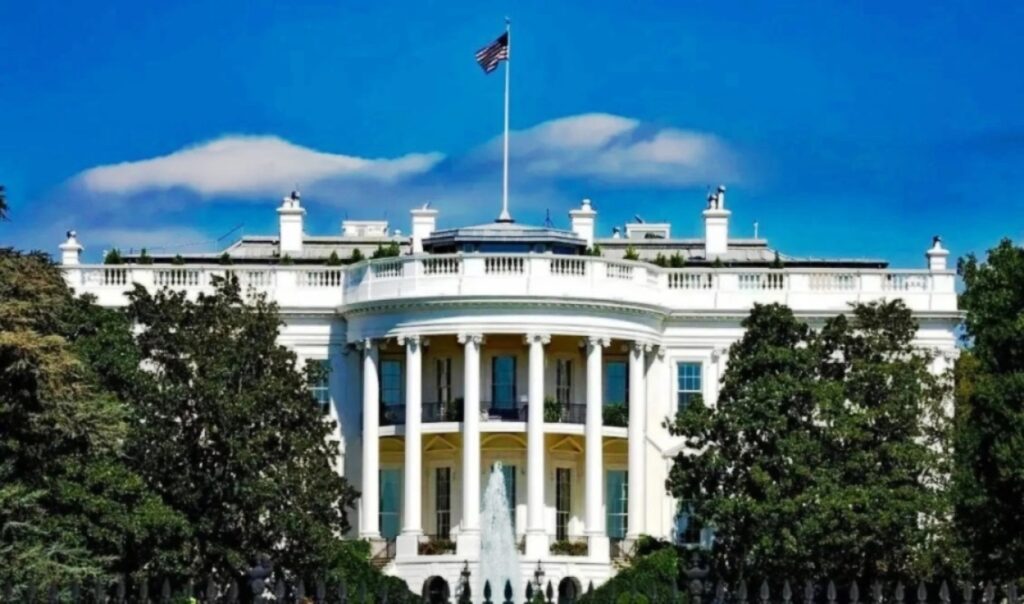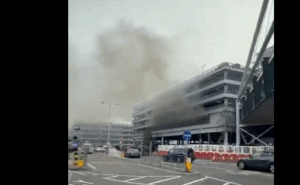The countdown that even the White House had begun was completed at midnight (local time) on October 1st, with the shutdown, the suspension of the federal government, now becoming official, as Congress failed to overcome the impasse, leaving hundreds of thousands of workers in limbo who will not receive their regular pay, while flights are also placed under uncertainty.
Specifically, the Congressional Budget Office estimates that approximately 750,000 federal employees will be placed on unpaid mandatory leave. The Federal Aviation Administration (FAA) has warned that more than 11,000 employees – about one-quarter of its staff – will be furloughed, while air traffic controllers and other safety officials will be forced to work without pay until the shutdown ends.
USA: Services affected by the shutdown
According to the BBC, Medicare and Medicaid programs, social health programs for the elderly and poor, will continue to operate, but staff shortages may lead to disruptions in certain services. Emergency disaster relief is also expected to be largely unaffected, however other work performed by disaster response services will be impacted.
If the shutdown is prolonged, the Federal Emergency Management Agency (FEMA) is likely to exhaust funds from the Disaster Relief Fund, which would affect emergency compensation payments.
Food assistance programs will also be affected, with the Supplemental Nutrition Program for Women, Infants and Children (WIC) expected to quickly exhaust its funds.
It’s not unlikely that many services will close, perhaps permanently, as American President Donald Trump promises to “do things that are irreversible, that are bad” as retaliation. The US President and the White House Office of Management and Budget (OMB) have already stated they are willing to follow a completely different strategy, urging agencies to reduce staff in programs whose funding has expired and which do not align with Trump’s priorities.
OMB Director Russell Vought said Tuesday that the government can proceed with job and program cuts, instead of simply furloughing employees during the shutdown. “We have the authority to make permanent changes to the government bureaucracy,” Vought told Fox Business.
The economic impact is expected to extend nationwide, with experts predicting a long standoff with no clear way out of the impasse.
Airport “chaos” looms due to shutdown
As a result of the above situation, the federal shutdown will affect passengers in various ways, possibly leading to long lines at security checkpoints and delays caused by unpaid air traffic controllers who choose to stay home instead of working without pay.
Air traffic control workers and Transportation Security Administration (TSA) employees are considered “essential,” so they will continue to go to work in case of a shutdown. However, they will not be paid until the shutdown ends. During the last shutdown in 2018-2019, these workers began calling in sick more frequently, resulting in airport delays.
The impact will also be felt by Americans planning to travel abroad, with US passport services warning that processing travel documents may take longer than usual.
How we reached the shutdown
The “key” to how we reached the shutdown is the number 60: That’s how many votes are required in the Senate to pass a spending package and avoid a federal government shutdown. So while Republicans control Capitol Hill and the White House, they need at least seven Democrats in the Senate to support them (they hold 53 seats). Senate Minority Leader Chuck Schumer, however, demands that any funding bill include an extension of enhanced Affordable Care Act subsidies, along with various other elements, to secure his party’s support. Republican Party leaders want a seven-week funding extension, with additional money for legislative, executive and judicial branch security.
In a last-minute attempt to prevent the government shutdown on Tuesday, Senate Republicans failed to pass a temporary bill that would extend funding until November 21, with votes of 55 to 45. Republicans, in turn, rejected a Democratic bill that would extend funding until the end of October and increase healthcare spending by more than $1 trillion. The vote failed 47 to 53, without Republican support. Thus, both sides blame each other for the failure.
Economic impact on the US economy and a significant delay
US economic growth may be affected, but likely slightly and temporarily, according to estimates published by NBC News and the BBC. A series of estimates from Wall Street as well as the Congressional Budget Office find that even the longest shutdown ever recorded – 35 days between 2018 and 2019 during Trump’s first term – reduced total economic output by only 0.4%. Moreover, the effects may be reversed after the potential lifting of the shutdown, however it’s reasonable that if it lasts long-term, the effects will increase.
But the main concern is different and relates to the potential delay in publishing the Bureau of Labor Statistics’ monthly employment report, a report that has become polarizing in Trump’s days and worries people on Wall Street, according to BBC business reporter Natalie Sherman.
This report, which provides a monthly picture of job creation, was expected to be released Friday, but now the Bureau is suspending operations. The report is always watched closely. And in recent months it has come under even greater scrutiny, as it has shown that hiring has begun to slow until it stopped, prompting Trump to attack and fire the head of the agency.
This decision means that the already unclear picture of the American economy becomes even more unclear, in light of tariffs, cuts in public spending, and tensions in immigration policy.
Wall Street unaffected by shutdown, but gold reaches record highs
Wall Street has not been affected by the risks of the government shutdown and stocks remain near historic highs. This is because market veterans know that shutdowns tend to be minor events for the stock market, according to a CNN analysis.
According to Truist Wealth, since 1976, the S&P 500 has shown no change on average during government shutdowns. US stocks even managed to rise 10% during the government shutdown that began in late 2018.
“Previous government shutdowns have had minimal long-term economic impact. They tend to resemble a hurricane or blizzard, delaying most activities and quickly making up lost ground after resumption,” Keith Lerner, managing investment advisor at Truist Wealth, wrote in a report.
Bob Elliott, managing investment advisor at Unlimited Funds, said in a Substack post Friday that markets are following the “same old scenario,” where government shutdowns don’t matter for the economy. However, due to the unique threats this shutdown poses, this time the situation may be different for markets too.
“We macroeconomists are naturally worriers, so take this with a grain of salt,” Elliott said, “but there seems to be a risk that this shutdown is different from what we’ve become accustomed to expecting.”
Meanwhile, gold remains at record levels, with the precious metal reaching $3,875 per ounce, an unprecedented level for the third consecutive session.




